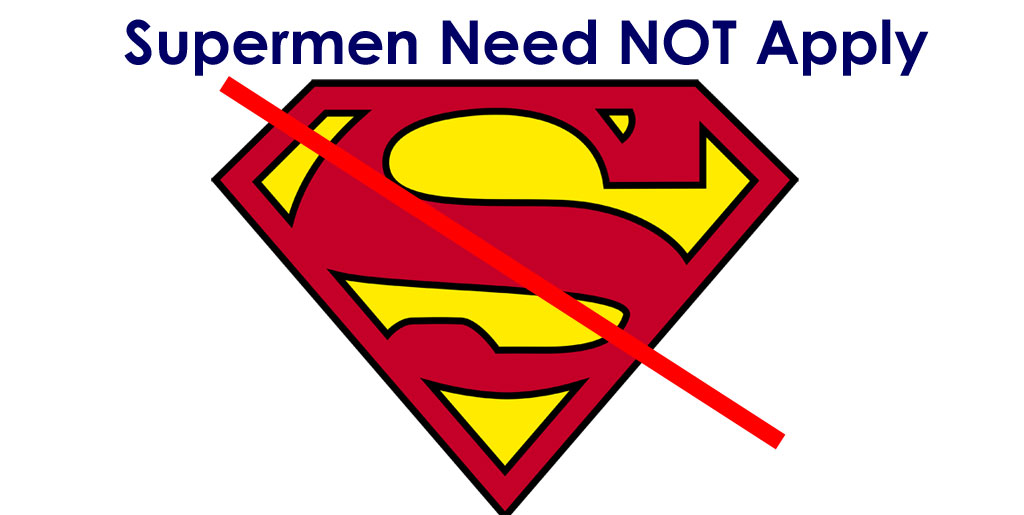Thinking about a Series? Think again!

SERIES, SERIALS, SEQUELS AND SPIN-OFFS
Have you thought about writing a book series but felt the task was just TOO big?
Or have you planned a series, like for YEARS, and yet never quite gotten that first chapter written?
Or maybe you HAVE started your series of awesome books and plunged into your fantasy world or mystery adventures and then–wait! Where were you planning to go from there??
Suddenly you are stopped cold because something isn’t fitting.
You aren’t alone!
Writing a series is as popular as reading them! There is a HUGE love of series, serials, sequels and spin-offs. The public LOVES long-term relationships with series writers. But you don’t need me to tell you that–I bet you have your own “must get the next” books in a series that you enjoy yourself.
There are lots of benefits to writing a book series, but here are the top ones:
- A series allows readers to enjoy a whole lifetime of adventures with characters they love
- A series author can provide a “go-to” place for readers to buy their next read—they loved you before, they are confident they’ll love your next book as well.
A series is also a great experience for the writer:
- You get to develop a world and people it with characters that you enjoy yourself.
- When you sell a series to an agent, publisher or fan base of readers, you have a long-term writing gig.
WHAT IS A SERIES REALLY?
So the interest in writing a series is strong—but a series involves NOT just writing several books. It requires a cohesive set of stories that fit together with details that don’t trip up writer and reader alike, and that leaves readers satisfied every step of the way.
A series is a special critter with an appetite and growling problems all of its own. Only someone who KNOWS about series-building can even start to comprehend the issues that you are facing.
Where do you turn to figure all that out?
Right here!
First off, most writers start planning to write a series of books without understanding the different forms that a series can take. And each form has its own distinctive needs that writers need to understand.
So here is a quick primer to get you on the right path:

What TYPE of series do you REALLY want to write?
Most people refer to ALL sets of stories as a series, and there is nothing wrong with that. But each type of series requires different approaches. Know which type you want to write and you will already have a firm starting point for then building your main character and the overall stories.
A SERIES
This is a group of independent stories. They DO have something in common, like a main character, the setting, or timeline. But they can be read in any order, you don’t need to read Book 1 to enjoy Book 2, etc. Think of these as episodes and you get the picture. Each book is a separate episode in the lives of the same set of characters.
A SERIAL
This requires that readers read each book, in order, to understand the plot overall. A serial leaves readers without a final ending until the very last book of the serial. There is what I call the Big Conflict that overshadows all the books in the serial, culminating in the final book. So these books feel like little more than really long chapters of a single book.
SEQUELS
These are books that follow or can precede (Prequels) the original book. But the original book is a stand-alone. So the sequel and prequels are like bonus bits for readers. They get to see what happened before and after the original book.
SPIN-OFFS
And these are even more fun! They often take a totally new perspective (like the point of view of a minor character) to see the same story or another situation that is still related to the original. The author gets to play with another character and the reader sees things from different eyes.
So why the warning about “think again” when it comes to writing any series? Because there is one over-riding factor writers need to keep in mind:
Satisfy the reader with every book!
Provide a happy place, a bit or reward, a growth experience or some other sigh of satisfaction for BOTH your main character and your reader at every “The End.”
HOW CAN YOU DO THAT?
Start with understanding the major role your protagonist takes. If you have multiple main characters, the challenge is even greater.
I’ve been working with series writers for years and see the same struggle, time and again. I realized that no one is out there teaching the HOW of planning and writing a series that holds together.
And … that is why I’m offering an intensive, hands-on virtual workshop strictly on “How to Create A Protagonist to Thrive in a Series.” This is a BETA offering—meaning I’ll be looking for only a few students who are willing to provide me with feedback in exchange for a half price fee for the workshop.
Interested? Click here to find out all about it—then join in!
———————————————–
Follow me on Facebook or if you want information on my editing services, see SandraHaven.com
If you wish you could “Make Your Readers Beg for MORE!” check out this e-guide package at Bristol Services Intl.
Or just email me using the form below and let’s discuss YOUR book project!






